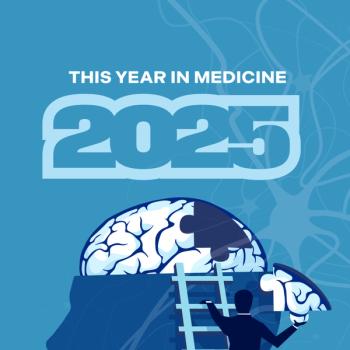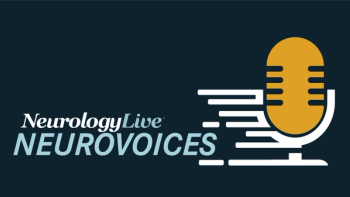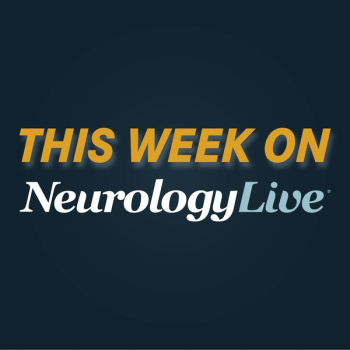
BAN2401 Shows Promise in Treating Early Alzheimer Disease
A new drug called BAN2401 has shown promise in decreasing amyloid in early AD, according to results from a phase II study.
References1. Alzheimer’s Association International Conference. BAN2401 Phase 2 Data released at AAIC 2018. July 22-26, 2018, Chicago, ILL. https://www.alz.org/aaic/releases_2018/AAIC18-Wed-3-30-pm.asp2. Eisai Global. Eisai and biogen announce detailed results of phase II clinical study of BAN2401 in early Alzheimer’s Disease at Alzheimer’s Association International Conference (AAIC) 2018. July 25, 2018.3. Swanson CJ, Zhang Y, Dhadda S, et al. Treatment of Early AD subjects with BAN2401, an Anti-Aβ Protofibril Monoclonal Antibody, Significantly Clears Amyloid Plaque and Reduces Clinical Decline. Abstract 27531.
Newsletter
Keep your finger on the pulse of neurology—subscribe to NeurologyLive for expert interviews, new data, and breakthrough treatment updates.




















